In modern power systems, power quality and grid supply capacity are key concerns for both enterprises and users. With the continuous growth of industrial production and electricity demand, issues such as harmonics and insufficient reactive power have become increasingly prominent. These problems can lead to reduced efficiency, shortened equipment lifespan, and even safety accidents. To address this, technologies based on harmonic reactive power compensation have become increasingly essential for enhancing grid supply capacity and ensuring stable operation.
This article draws on recent research findings to analyze how harmonic reactive power compensation can enhance grid stability and supply performance, covering principles, methods, simulations, and application prospects.
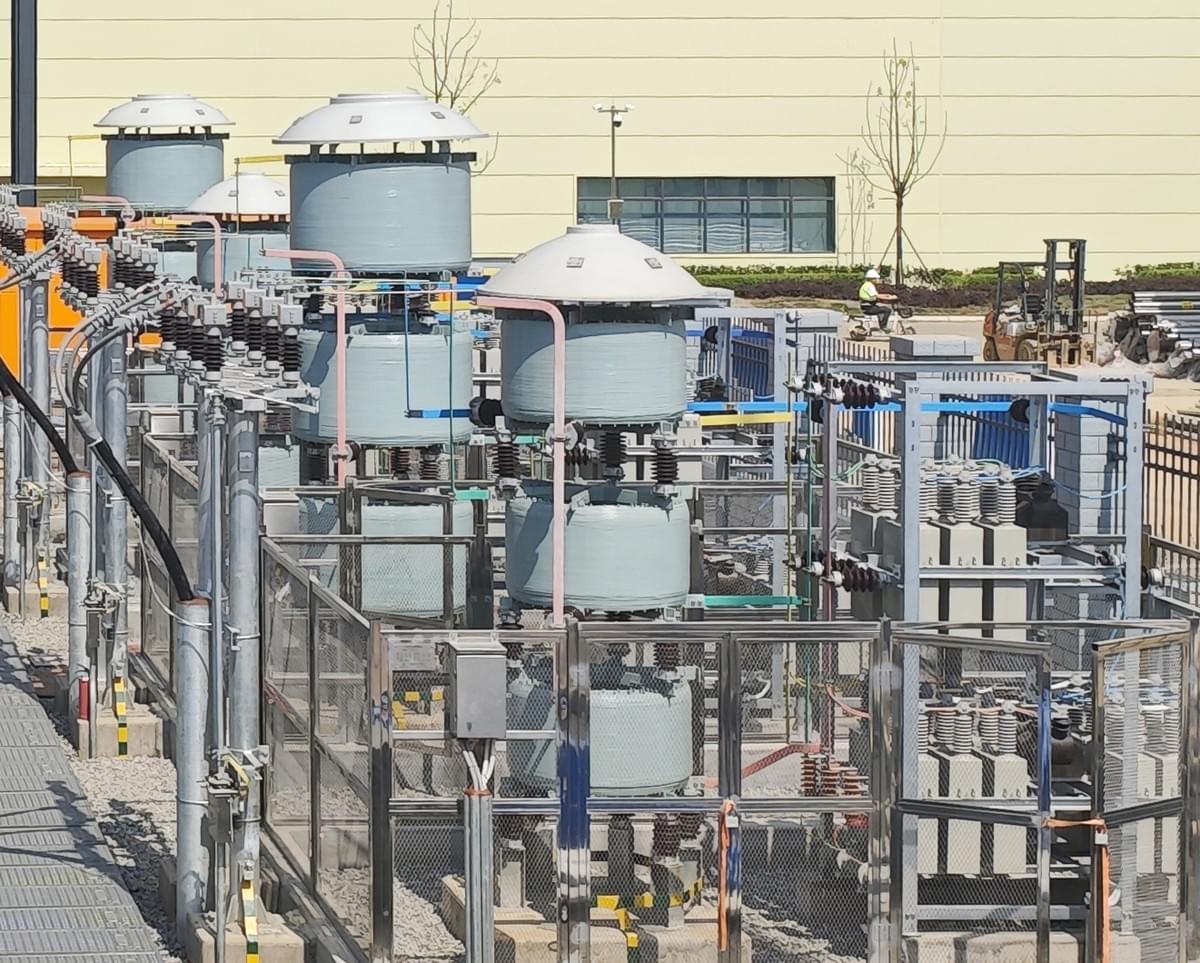
1. Importance of Harmonic Reactive Power Compensation
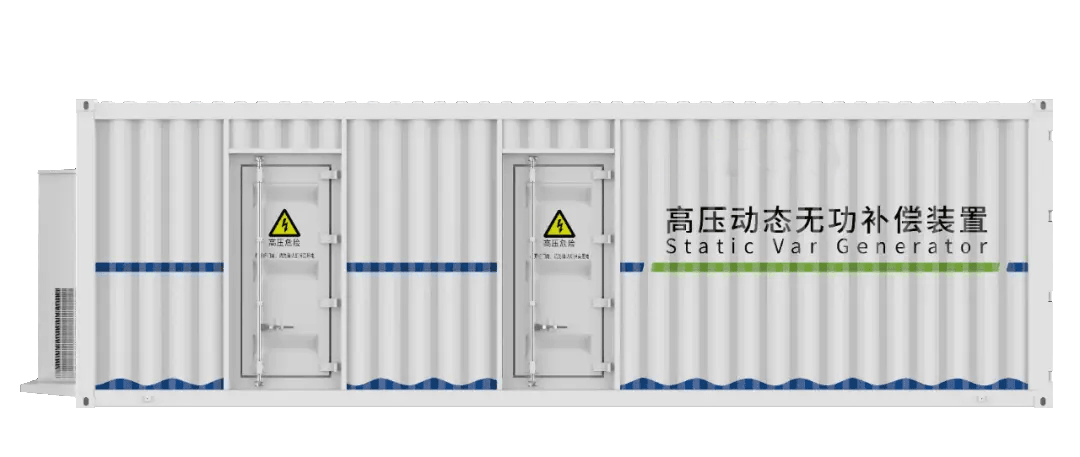
Harmonics are often referred to as the “invisible killer” in power systems. They mainly originate from nonlinear loads such as large-scale converters, arc furnaces, and rectifiers. When harmonic currents enter the grid, they cause voltage and current distortion, leading to:
- Malfunction of electrical equipment
- Increased power losses
- Reduced power factor
- Higher risk of electrical accidents
At the same time, the low power factor of loads often results in insufficient reactive power, further reducing supply efficiency. Therefore, adopting harmonic reactive power compensation not only suppresses harmonic pollution but also fills the reactive power gap, ensuring a stable and efficient power supply.
2. Principles and Methods of Harmonic Reactive Power Compensation
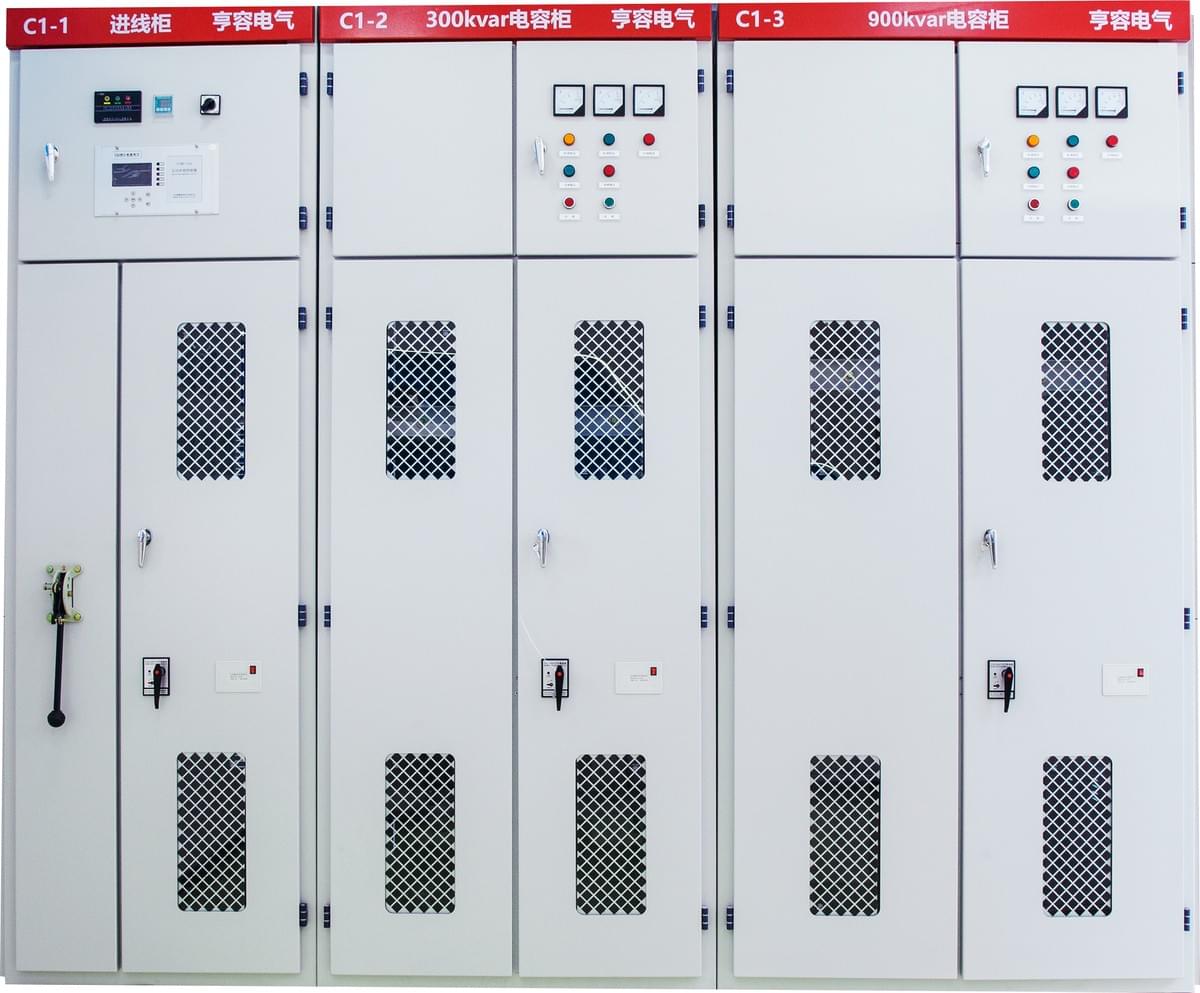
2.1 Harmonic acquisition and modeling
With software tools such as DIgSILENT/PowerFactory, harmonics of generators, transformers, transmission lines, and capacitor banks can be modeled and analyzed. This provides a solid data foundation for implementing harmonic reactive power compensation strategies.
2.2 Core compensation devices
Effective harmonic reactive power compensation typically combines two devices:
- Active Power Filter (APF) – dynamically suppresses harmonics and provides fine-tuned reactive power compensation.
- Static Var Compensator (SVC) – uses a capacitor and a reactor switching to supply large-scale reactive power.
Together, they provide fast harmonic suppression and long-term reactive power balance.
2.3 Control strategy
In practice, APF and SVC often run in parallel operation:
- SVC offers staged reactive power compensation for load fluctuations.
- APF performs secondary compensation, eliminating residual harmonics and reactive power.
This complementary setup ensures efficient and accurate harmonic reactive power compensation under various operating conditions.
3. Simulation Research on Harmonic Reactive Power Compensation
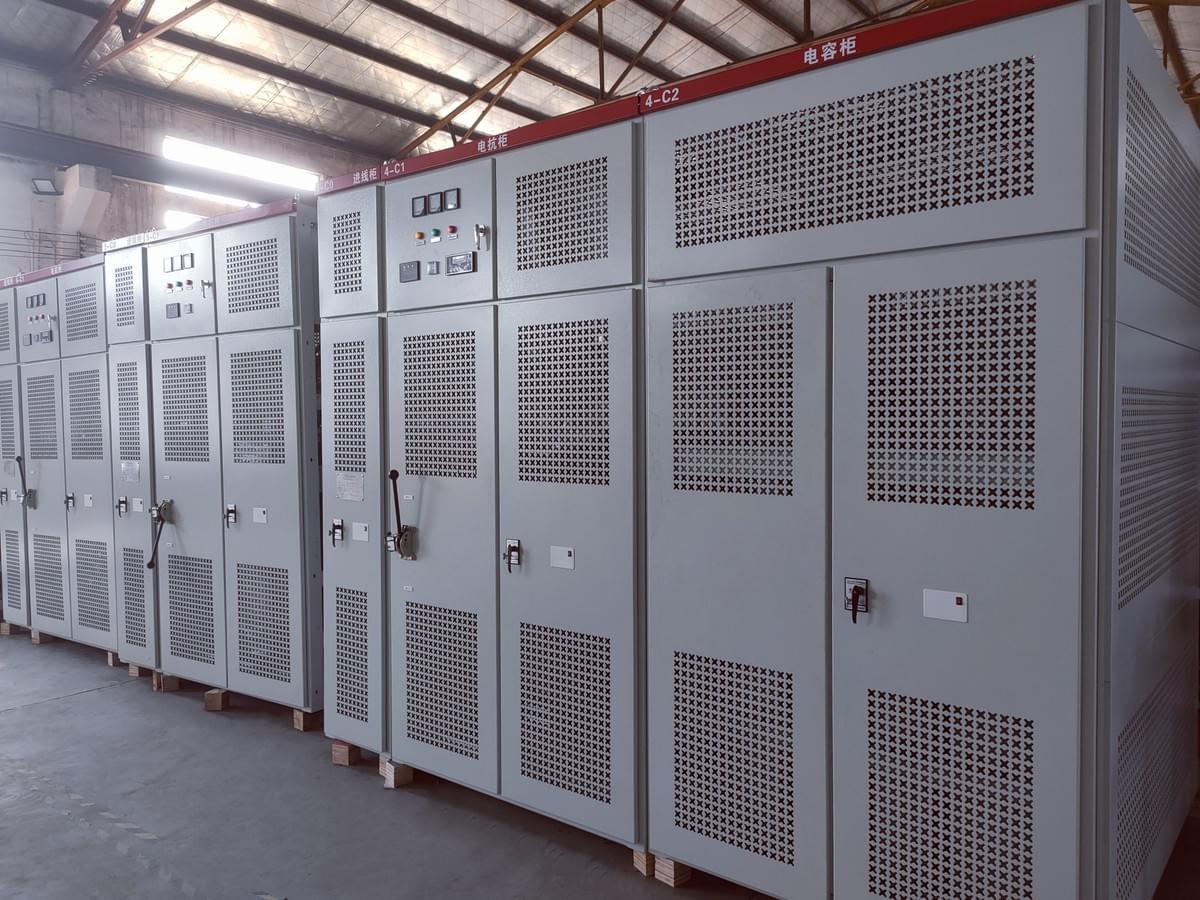
To verify the effectiveness of harmonic reactive power compensation, researchers conducted simulations using Matlab and DIgSILENT to model different grid conditions.
3.1 Simulation parameters
- Grid line voltage: 1140 V
- DC side voltage: 600 V
- Interface inductance: 6 mH
- Carrier frequency: 4 kHz
These values represent typical industrial grid conditions.
3.2 Results and analysis
- Improved current waveform: After harmonic reactive power compensation, distorted waveforms became standard sinusoidal, significantly improving power quality.
- Faster response: When the load increased, the compensation method provided the fastest response, ensuring a continuous and stable power supply.
- Better current balance: Both grid-side and load-side currents became smoother and more stable after compensation.
The results confirm that harmonic reactive power compensation is not only theoretically feasible but also highly effective in practice.
4. Application Prospects of Harmonic Reactive Power Compensation
With the rapid rise of renewable energy, electric vehicles, and smart grids, challenges to power quality are becoming more complex. Harmonic reactive power compensation will play a vital role in:
- Smart grid optimization – leveraging AI algorithms for adaptive compensation.
- Renewable energy integration – ensuring stable power quality for solar and wind power systems.
- Industrial energy efficiency – centralized compensation schemes for large-scale industrial zones.
- Distributed energy systems – maintaining local supply stability in microgrids and storage systems.
5. Conclusion
Research and simulation results clearly demonstrate that harmonic reactive power compensation is a key technology for enhancing grid supply capacity. It effectively suppresses harmonics, improves power quality, increases response speed, and ensures stable operation.
For power companies and industrial users, adopting well-designed harmonic reactive power compensation solutions will provide a solid foundation for safe, reliable, and sustainable electricity supply.
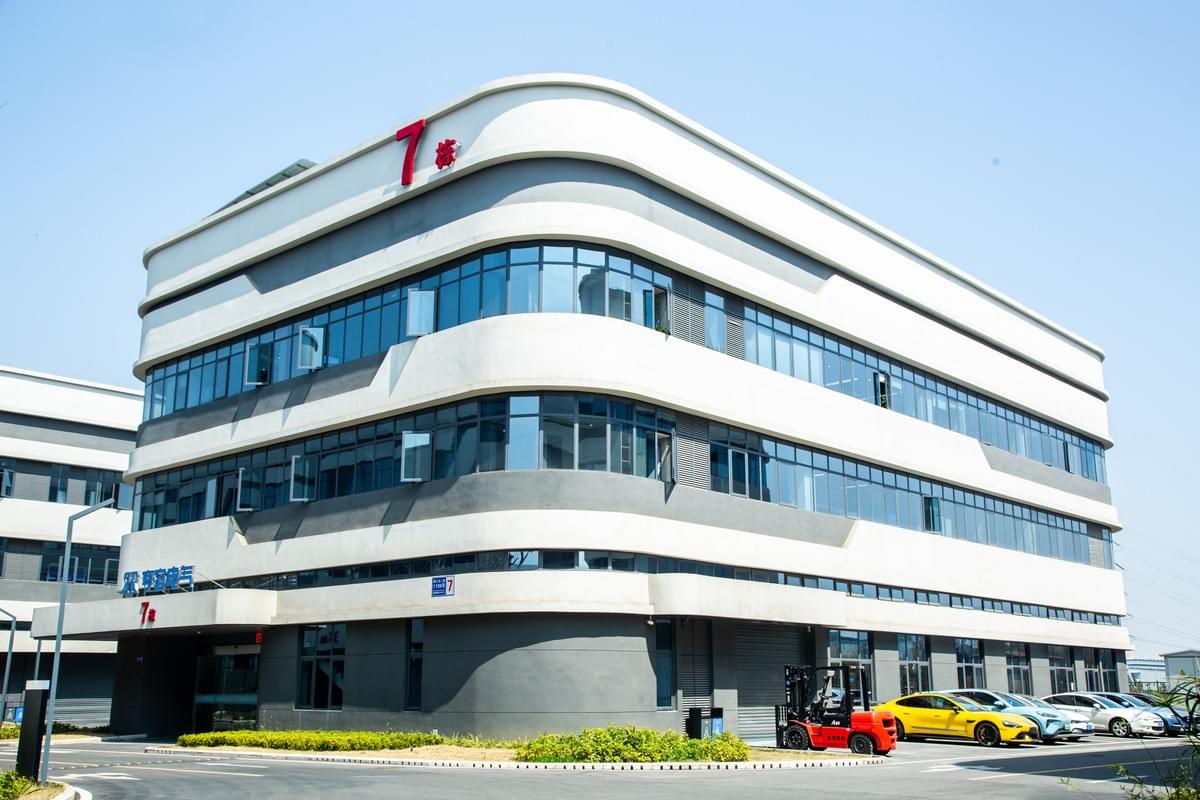
At Hengrong Electrical, we understand that every detail in power control matters. From advanced product design to innovative filtering solutions, we are committed to delivering reliable, efficient, and future-ready technologies. By choosing Hengrong, you gain more than just products — you gain a trusted partner dedicated to helping your business achieve smarter, safer, and greener operations.
